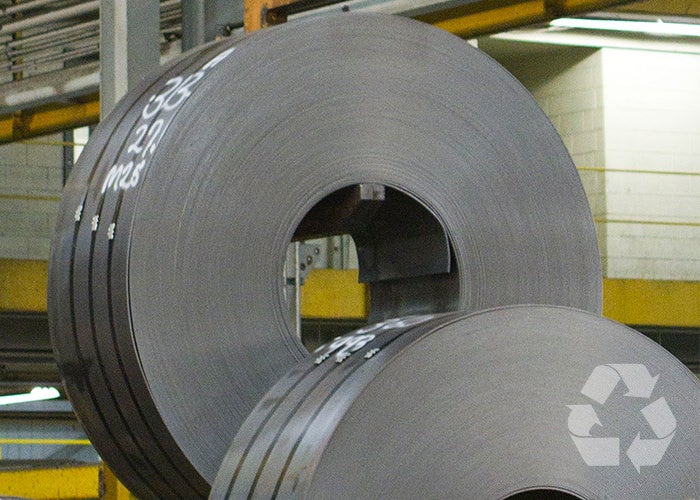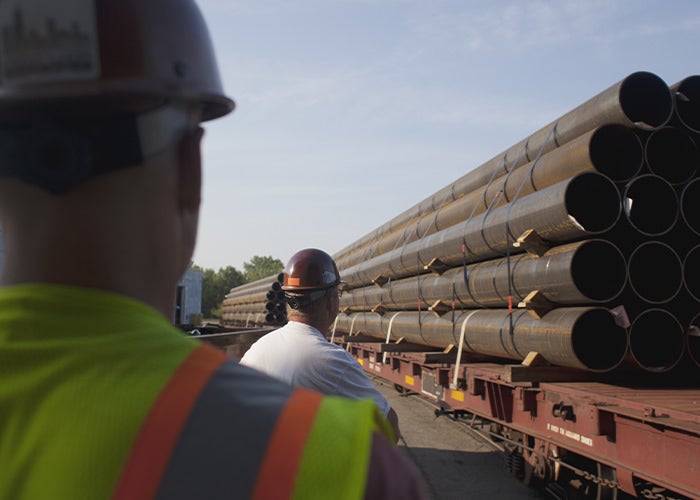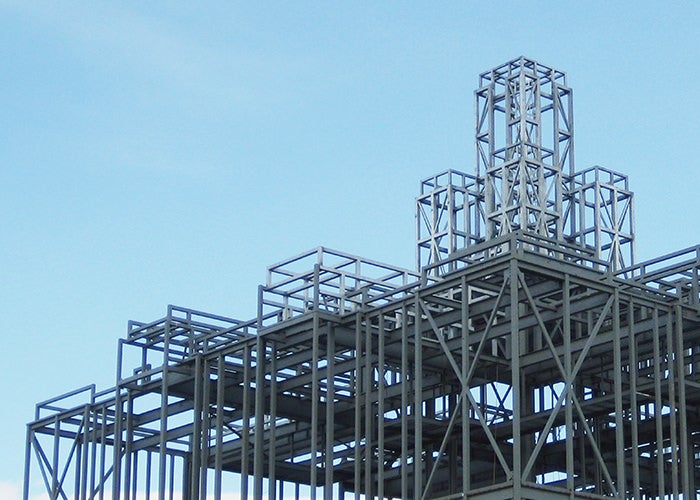The steel industry is both carbon- and energy-intensive, but North America’s steelmakers have made great strides in reducing environmental impact over the years. It’s also important to remember that steel is reused and recycled at an extremely great rate, making it a highly sustainable material.

Because steel of all types can be recycled again and again without changing its properties, it is one of the most recycled materials in North America. In fact, almost 69% of steel is recycled every year. That’s more than paper, aluminum, plastic and glass combined. It amounts to 80 million tons of steel recycled annually across the continent.

Technology advancements and evolving environmental control practices have helped the steel industry greatly reduce greenhouse gas emissions. The North American steel industry has reduced energy consumption by 60% since World War II, and has invested $7.5 billion in environmental control equipment since 1970. Going forward, governments will need to work in close collaboration with the steel industry and other stakeholders to ensure continued progress.

New reports from the Steel Market Development Institute (SMDI) show that greenhouse gas emissions from steel production are much lower in North America than in China. Mark Thimons, vice president of sustainability at SMDI, explained it best to the American Iron and Steel Institute: “In the sustainable design of steel-framed buildings, one of the most important decisions an owner or architect can make regarding environmental impact is to ensure the building’s steel is produced in North America.” In other words, #ChooseAmericanMetal to minimize your environmental impact.